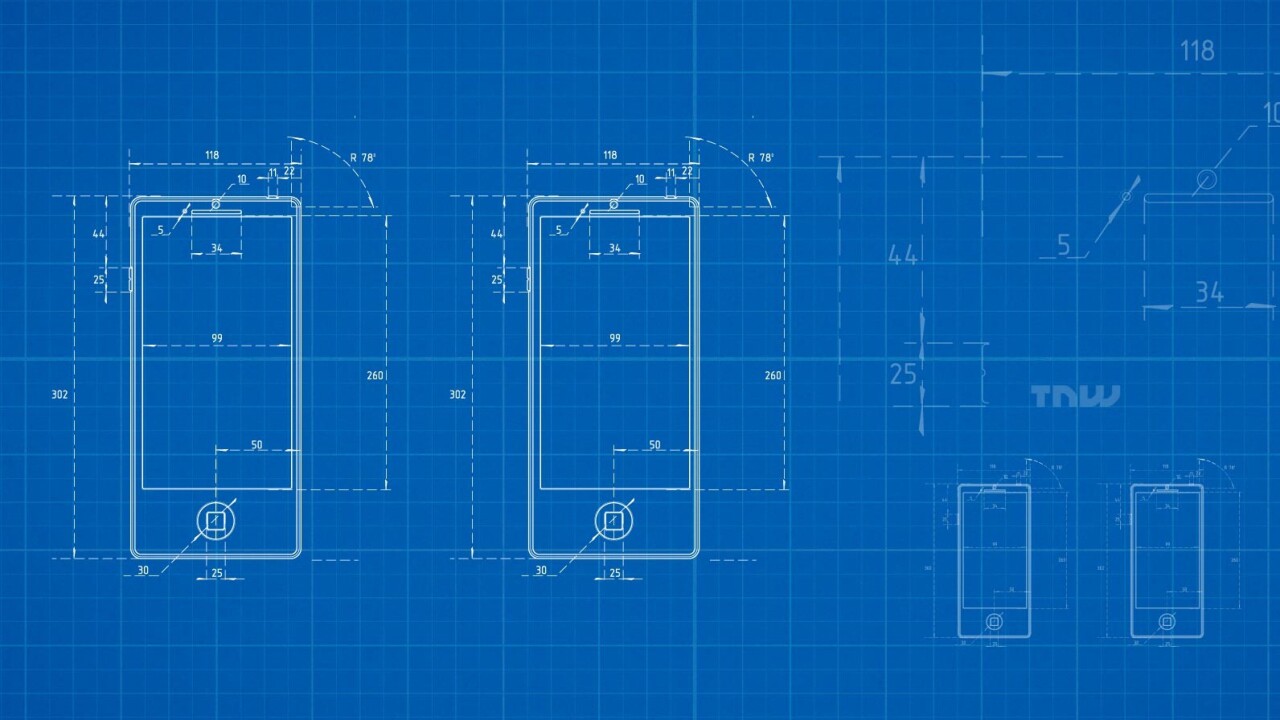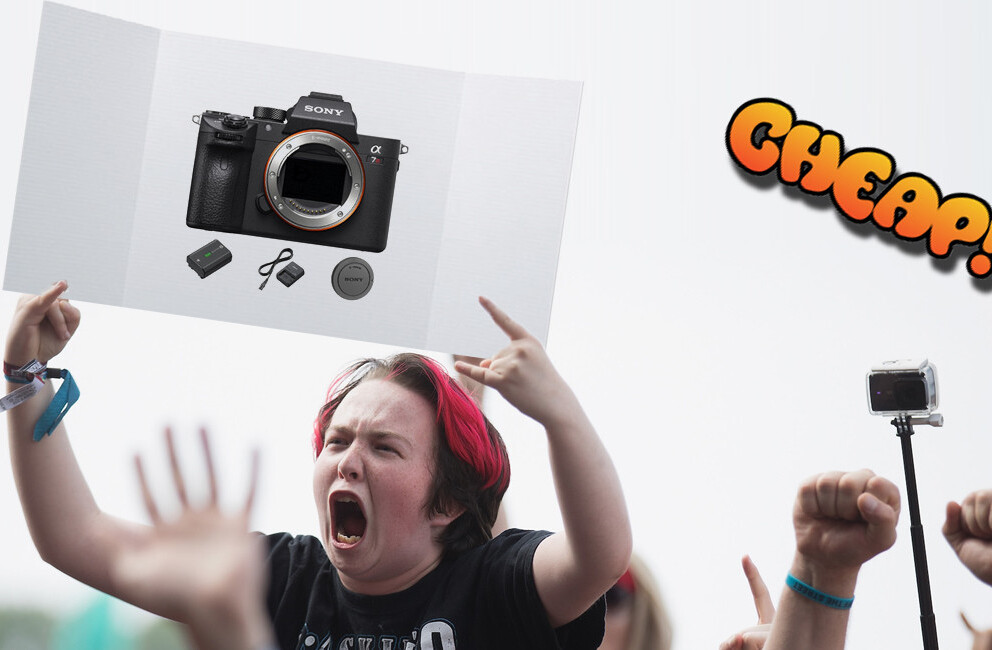
This week, the US patent office issued 5,409 patents. Each patent adds a little something new to the human knowledge base.
As we cannot list all six thousand, the PatentYogi team has selected the five most interesting patents.
1. eBay makes laundry easier
Patent number: US 20160180685

Most clothing items include labels with printed information describing a manner in which the item should be laundered. For example, these labels include information such as “wash with like colors,” “do not iron,” or “dry-clean only.” Failure to follow the provided laundering instructions often results in the item being damaged or destroyed.
However, most users treat these labels as terms and conditions on a website. No one really reads them as laborious (and boring) effort is involved in checking each label in a load of laundry. Further, the printed information on the labels often fades over time making compliance with laundering instructions even more difficult. Therefore, the warnings on the labels regularly go unheeded.
eBay has now come to our rescue by providing intelligent laundering alerts. eBay has invented intelligent garment tags that are affixed to clothing items. These tags store and provide warning information about an item to which it is affixed.
These tags also provide laundering alerts (e.g., a flashing or colored light, a warning noise, or a vibration) to assist launderers in the laundering process. Specifically, the laundering alerts assist launderers in sorting garments by color. Further, these laundering alerts help to prevent using a laundering device that may damage clothing by providing an alert when the garment is placed near the laundering device.
This technology will be of huge help to everyone. Also, the technology allows even young people to quickly sort laundry. More importantly, home robots will be able to use this technology to totally automate your laundry chores in future.
2. Facebook Messenger does the bill-splitting math for you
Patent number: US 20160180316

Facebook built the entire payment system in-house, unlike competitors like Snapchat, which partnered with third party service providers like Square to handle the actual money transfers.
The recent patent discloses techniques that Facebook uses to automatically predict and configure payment transactions in Messenger.
For example, friends may go out to lunch, one of them may pick up the tab, and the other one may eventually pay the other back. Or a group of friends may rent a cabin for a ski trip or purchasing a collective gift for a friend’s birthday. In such scenarios, when the friends interact on Messenger, the patented techniques automatically predict when a payment transaction is required. Accordingly they configure the payment transaction and give an option to the user to initiate the same. The friends then use the configured payment transaction to pay or contribute their portion of costs.
Facebook does not charge transaction fee for these payments as of now but this could change in future.
This feature of Facebook Messenger is most likely a death sentence for apps like Splitwise, Billr, Divvy, SpotMe and Kittysplit.
3. Bug-like robots from Google are helping the visually impaired
Patent number: US 9,372,095

But why?
According to this newly published patent, these bug-like robots are intended to scan the image displayed on the touchscreen and convey the image’s features to visually impaired users through a voice based system.
To this end, these bug-like robots are equipped with a camera that faces towards the touchscreen and is designed to detect visual features such as lines, colors and patterns.
All that a user is required to do is place these robots onto the touchscreen at a predefined spot such as the corner of the screen. The robots being completely autonomous, then move over the display screen scanning and detecting the visual features.
For example, when a map is displayed, these robots can detect and follow a particular line on the map representing a route. While the robots are moving, the user may place a finger on the robot and receive a haptic feedback in the form of vibrations when the robot is near a landmark. Along with the vibration, the name of the location where the robot is may be played over a loud speaker, allowing users to build a mental map of a place by interacting with the robots.
Although targeted towards blind users, others who just want a new way of interacting with their touchscreens may also look forward to touching these bugs.
4. IBM’s conversation coach plans to save marriages
Patent number: US 20160180735

Men are often accused of being emotionally challenged when it comes to holding a conversation. And not without good reason — what with men preferring short, terse answers to long-winded explanations and responses.
Enter IBM’s conversation coach to the rescue.
The next time you say something that is emotionally inept or just socially unacceptable, this technology can not only detect it and warn you but also suggest you an alternative that might save the day.
It uses natural language processing to analyze a huge training sample of conversations. It then automatically identifies conversational patterns that are socially/emotionally inappropriate. This may also include abnormal questions/responses by people suffering from autism or other similar mental disorders.
For instance, to a statement such as “My pet died yesterday”, if your response is something along the lines of “umm, okay”, IBM’s conversation coach is going to nudge you and suggest a more appropriate response such as “I’m sorry to hear that”.
Thanks to this invention – most likely powered by IBM’s Watson – saying the right thing at the right time is a skill you need not possess.
5. How did the pedestrian cross the road? Probably because of IBM
Patent number: US 20160180703

For visually impaired pedestrians, audible signals can be used to help identify when they have the right of way. However, at junctions with multiple crossings, it can be difficult to identify the correct audible signal for a target crossing chosen by a visually impaired pedestrian. Further, they don’t offer any way of informing them how much time remains before it is no longer safe to cross.
IBM has developed a self-service crossing aid for visually and hearing impaired pedestrians.
A crossing signal indicates when a pedestrian can safely cross an intersection via a crosswalk. These freestanding crossing signals allow pedestrians and road traffic to use crosswalks alternately. According to the patented invention, the crossing signal also includes a tag, a wireless access point (WAP), an embedded crossing program, and a unique ID. The tag is any machine-readable smart tag, sticker, or barcode capable of embedding information for reading by a mobile device, such as mobile device carried by a pedestrian. The tag can also be a Braille-like quick response code (QR code) embedded with unique ID.
The crossing app enables a visually or hearing impaired pedestrian to identify a crossing signal at a crosswalk, by scanning a machine-readable tag located on the crossing signal. Then the crossing app determines a unique ID for the crossing signal and utilizes the unique ID to search for a wireless access point within the crossing signal and notifies a pedestrian when it is safe to use the crosswalk (i.e., when the pedestrian has a right of way) through haptic (i.e., tactile) feedback, such as vibration. Further, the app notifies the pedestrian of a relative amount of time remaining before a right of way expires through increased intensity of haptic feedback relative to a decrease in an amount of time remaining before expiration of the right of way.
Get the TNW newsletter
Get the most important tech news in your inbox each week.




